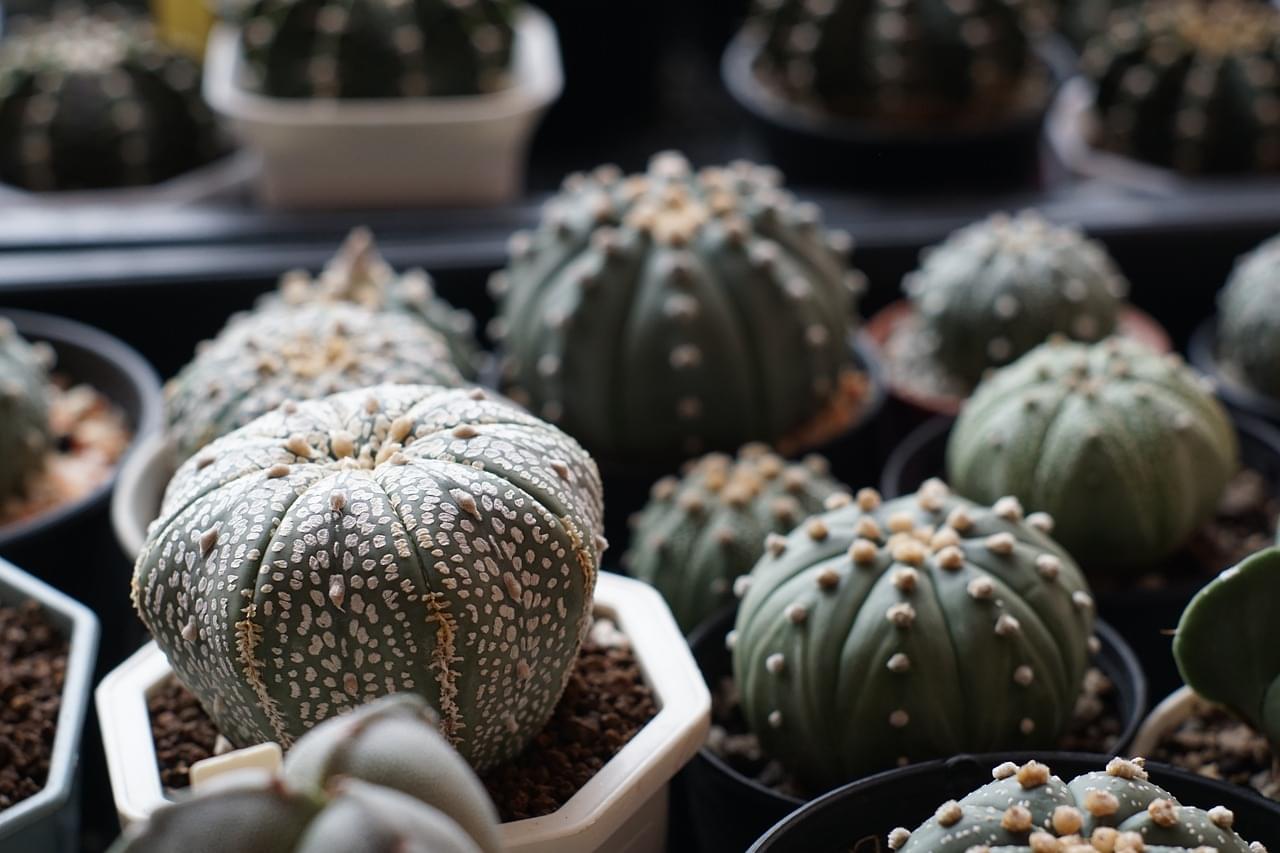
Introduction to Window haworthia:
Nestled in the nooks of our windowsills, a miniature marvel awaits discovery – the Window Haworthia. Belonging to the diverse family of succulents, Asphodelaceae, this diminutive beauty adds a touch of greenery and elegance to any indoor space. With its compact size and unique features, the Window Haworthia captivates the hearts of plant enthusiasts and novices alike. Let’s delve into the intriguing world of Window Haworthia, uncovering its taxonomy, natural habitat, physical structure, and cultivation secrets.
The Window Haworthia, known for its rosette-like arrangement of leaves and translucent “windows,” belongs to the genus Haworthia within the family Asphodelaceae. This family encompasses a variety of succulent plants, including Aloe and Gasteria, sharing similar characteristics such as fleshy leaves and drought tolerance.
Some notable species of Window Haworthia include:
Haworthia cooperi var. truncata: Celebrated for its unique truncated leaf tips, giving it a distinct appearance reminiscent of a cluster of green gemstones.
Haworthia cooperi var. mawii: Prized for its striking dark green leaves with translucent leaf tips, creating a mesmerizing effect when backlit by sunlight.
Haworthia cooperi var. pilifera: Renowned for its densely packed, fleshy leaves adorned with fine white hairs, adding a soft texture to its appearance.
Haworthia cymbiformis: Known for its boat-shaped leaves that form tight rosettes, creating a charming display of symmetry and compactness.
Haworthia reinwardtii: Admired for its distinctive triangular leaves arranged in neat rosettes, featuring translucent “windows” that allow light to penetrate deep into the plant.
Join us as we embark on a journey to explore the enchanting world of Window Haworthia, discovering its natural habitat, unique physical traits, and the secrets to successful cultivation
Cultivation:
Soil: Provide Window Haworthias with well-draining soil to prevent waterlogging and root rot. A blend of sandy or gritty soil mixed with perlite or pumice ensures proper drainage, mimicking their natural habitat.
Light: Place Window Haworthias in bright, indirect light near a sunny window. While they can tolerate lower light conditions, adequate sunlight is essential for healthy growth and vibrant foliage.
Water: Allow the soil to dry out completely between waterings, and then water thoroughly. Overwatering should be avoided to prevent root rot, especially during the dormant winter months.
Temperature: Window Haworthias prefer temperatures between 65°F to 80°F (18°C to 27°C). Protect them from frost and extreme heat, as they are sensitive to temperature fluctuations.
Fertilizers and Pest Control: Fertilize sparingly during the growing season with a balanced, water-soluble fertilizer diluted to half strength. Monitor for pests such as aphids or mealybugs and treat as needed with organic insecticidal soap.
Propagation:
Window Haworthias can be propagated through offsets or division. Simply separate the offsets from the parent plant and replant them in well-draining soil. Alternatively, they can be propagated from seeds, although this method is less common.
Hand pollination can also be performed to cross-pollinate different Window Haworthia species and create new hybrids. This process involves transferring pollen from the flower of one plant to the stigma of another, leading to the development of unique varieties with combined traits.
Frequently Asked Questions (FAQ):
1. What is Window Haworthia?
Window Haworthia, scientifically known as Haworthiopsis limifolia, is a species of succulent plant native to South Africa. It is characterized by its rosette form and distinctive raised ridges or “windows” on its fleshy leaves.
2. How do I care for Window Haworthia?
Window Haworthias thrive in well-draining soil, bright indirect light, and infrequent watering. They prefer temperatures between 65°F to 80°F (18°C to 27°C) and should be protected from frost and extreme heat. Fertilize sparingly during the growing season and monitor for pests such as aphids or mealybugs.
3. Can Window Haworthia tolerate low light conditions?
While Window Haworthias prefer bright, indirect light, they can tolerate lower light conditions, although this may result in slower growth and less vibrant foliage.
4. How often should I water Window Haworthia?
Allow the soil to dry out completely between waterings, and then water thoroughly. Overwatering should be avoided to prevent root rot, especially during the dormant winter months.
5. How do I prevent pests on Window Haworthia?
Monitor for pests such as aphids or mealybugs and treat as needed with organic insecticidal soap. Maintaining proper growing conditions and avoiding overwatering can also help prevent pest infestations.
6. Can Window Haworthia be grown indoors?
Yes, Window Haworthias can be grown indoors, provided they receive adequate light and proper care. Placing them near a sunny window where they can receive bright, indirect light is ideal.
7. How do I propagate Window Haworthia?
Window Haworthias can be propagated through offsets or division. Simply separate the offsets from the parent plant and replant them in well-draining soil. Alternatively, they can be propagated from seeds, although this method is less common.
8. Are there different varieties of Window Haworthia?
Yes, there are several varieties and cultivars of Window Haworthia, each with its own unique characteristics and appearance. Some popular varieties include Haworthiopsis limifolia var. striata, which features striped leaves, and Haworthiopsis limifolia var. picta, known for its variegated foliage.
9. How do I repot Window Haworthia?
When repotting Window Haworthia, choose a pot with drainage holes and use a well-draining soil mix. Allow the plant to acclimate to its new pot before watering, and avoid disturbing the roots excessively during repotting.
10. Can Window Haworthia be grown outdoors?
While Window Haworthias are primarily grown indoors as houseplants, they can also be grown outdoors in suitable climates. However, they should be protected from direct sunlight and extreme temperatures, particularly frost.


